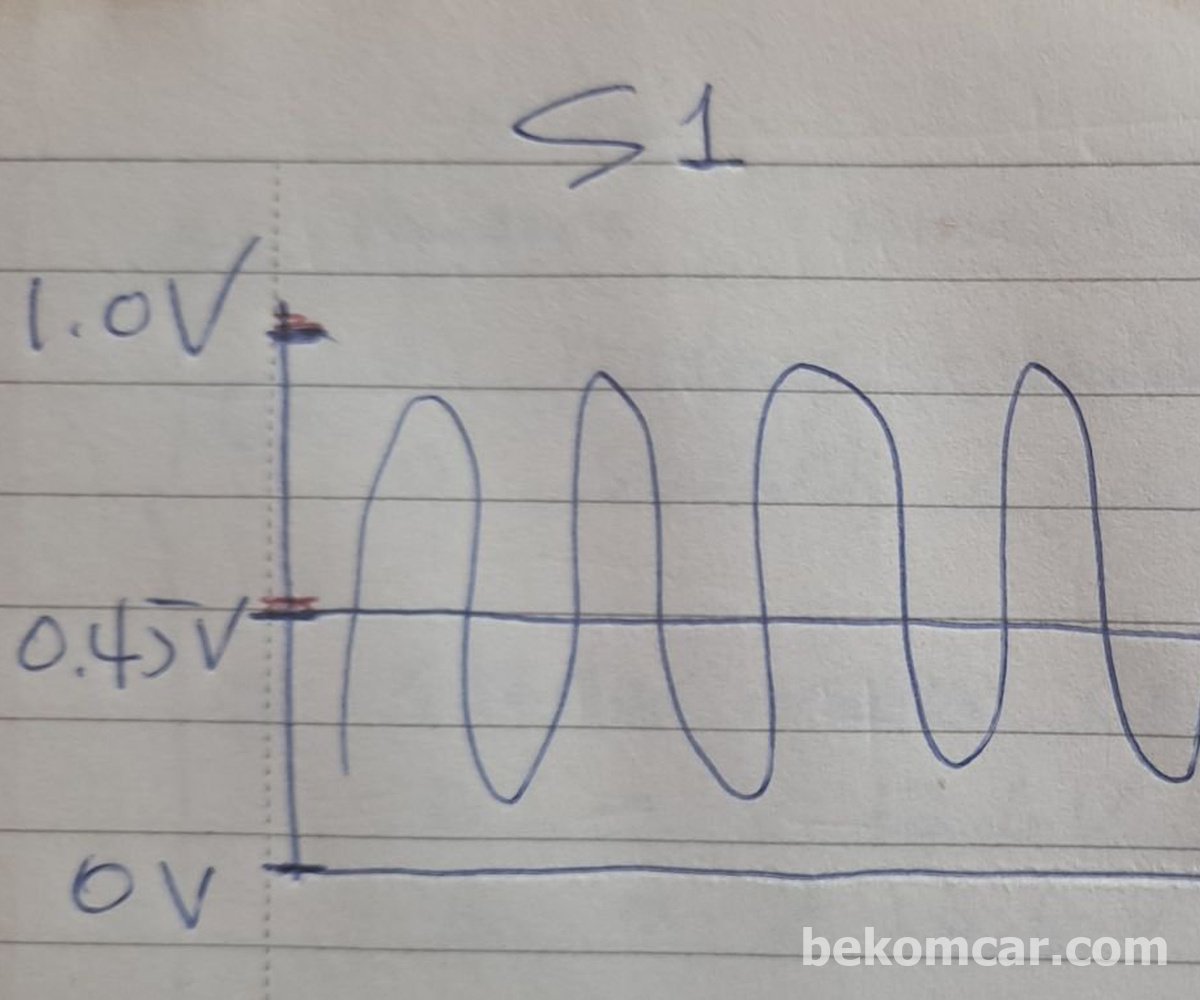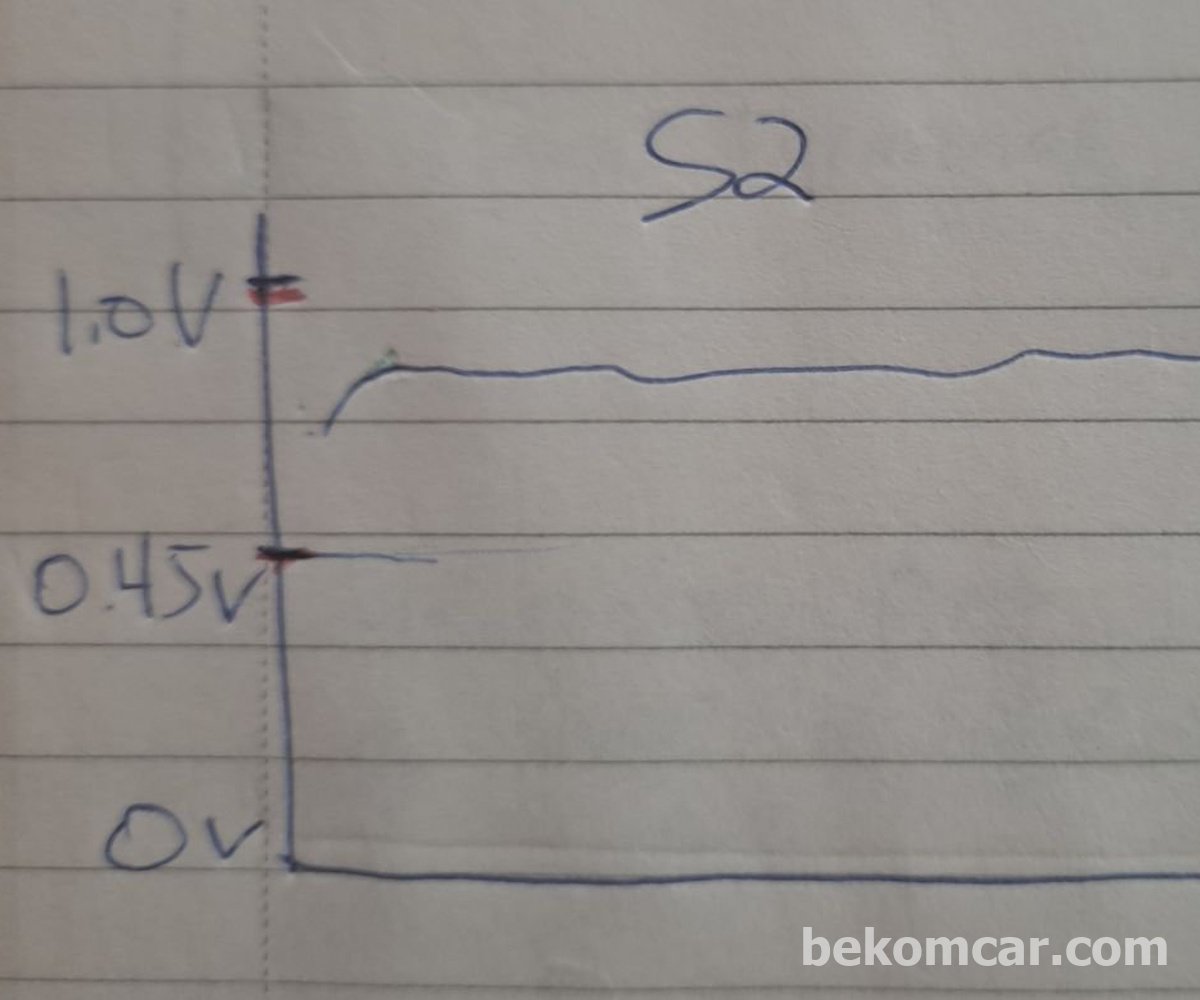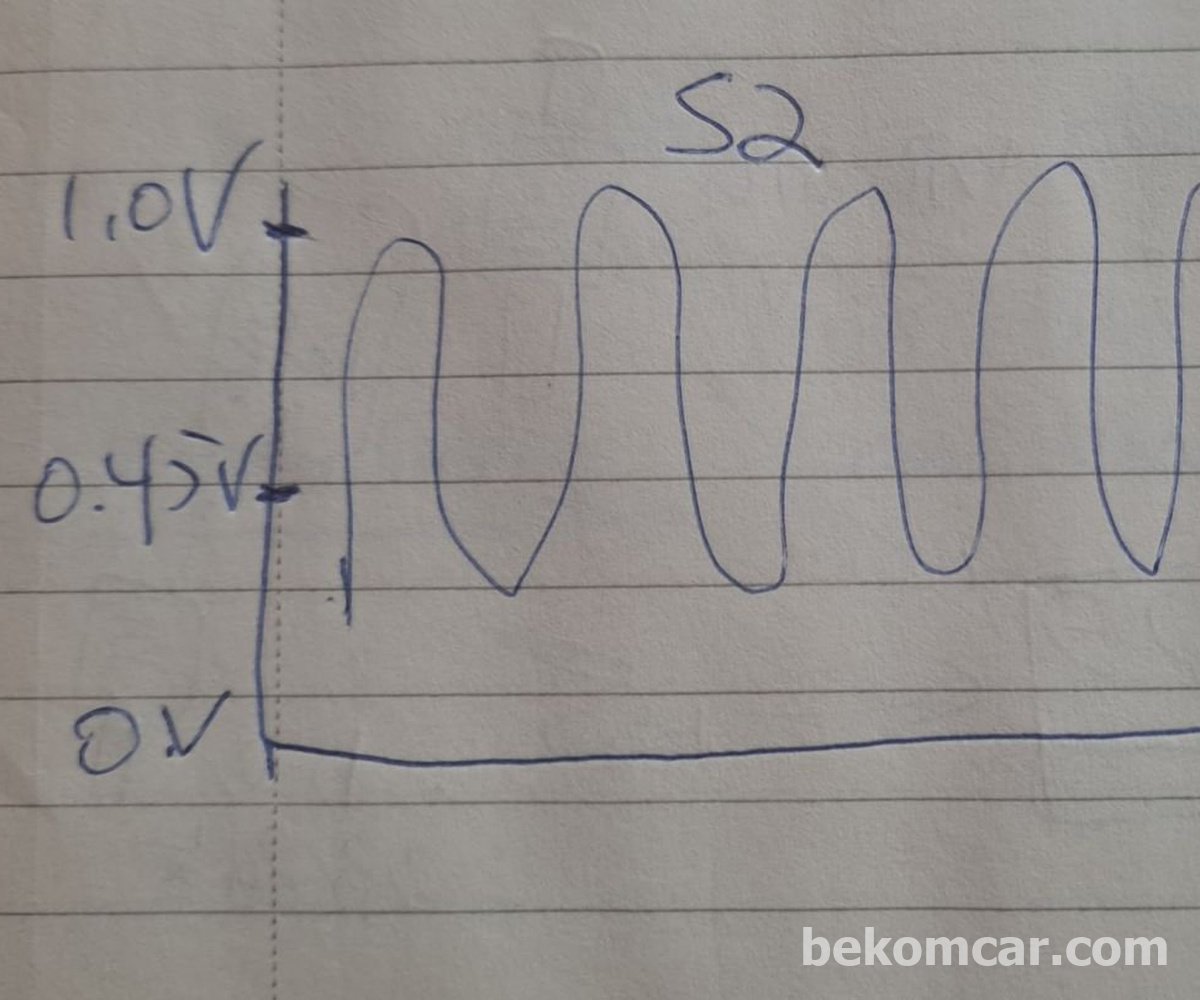(1) Upstream O2 sensor frequency

Generally, 4 cylinder engine has two sensors, one each before and after the catalytic converter. For V6 and V8 engines with dual exhaust systems have a total of 4 oxygen sensors. Normally, upstream or sensor 1 is before the catalytic converter and downstream or sensor 2 is located after the catalytic converter.

Before the catalytic converter has a few names, upstream sensor, pre catalytic sensor, sensor 1 or S1. After the catalytic converters are called downstream sensor, post catalytic sensor, sensor 2 or S2.
Four cylinder engine has only one bank, Bank1. So, there are two, one each before and after the Bank 1 catalytic converter. For V6 or V8, there are two banks, Bank1 and Bank2. Each bank has upstream and downstream O2 sensors located before and after the catalytic converter. Yes, each Bank has two O2 sensors.
S1 is different from downstream sensors. The main job of upstream sensor is to monitor the left over oxygen in the exhaust gas and report the result to engine control module (ECM). ECM uses such data to control the amount of fuel into the cylinder for combustion. ECM does this by controlling the injector open time.
In the meantime, down stream O2 sensor (S2) monitors if the catalytic converter is working properly. Should the catalytic converter is not working properly, the post catalytic converter O2 sensor reports such problem to the ECM.
When OBD2 scanner reads, depending upon engine type there could be B1S1, B1S2, B2S1 and B2S2. B1S1 means upstream O2 sensor of Bank1, B1S2 means downstream O2 sensor of Bank2. By the same interpretation, B2S2 means downstream O2 sensor of Bank2.
Normally, S1 and S2 send voltage data to the ECM. Of course, then such voltage is converted into the format ECM understands. These voltage sent by S1 is normally between 0.1V~0.9V. For S2, voltage is normally 0.6V~0.9V.
Recently sold vehicles may have what they call 'wide band' oxygen sensor which differs from existing 'narrow band' O2 sensor. Narrow band O2 sensor typically tells the ECM whether the engine is running rich or lean. It is either rich or lean condition. Narrow band O2 sensors can not tell how rich or how lean the engine is running. Wide band O2 sensor addresses such issues much better with much wider band monitoring capability.



1. https://www.aa1car.com/library/wraf.htm
2. https://www.fixdapp.com/blog/oxygen-sensor/
3. https://www.tayloredge.com/reference/Science/oxygensensor3.pdf
4. https://www.haltech.com/oxygen-sensors-and-wideband-controllers-explained/
5. https://www.techtips.ie/Blue-Print/diagnosing-wide-band-o2-sensors.pdf
bekomcar provides reliable used car pre-purchase inspection, oil change, and resell services.
(2)Login for comments